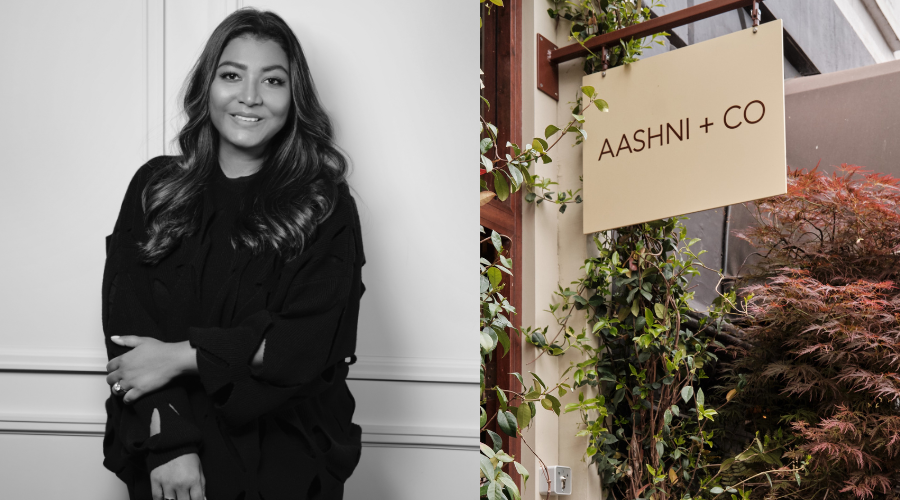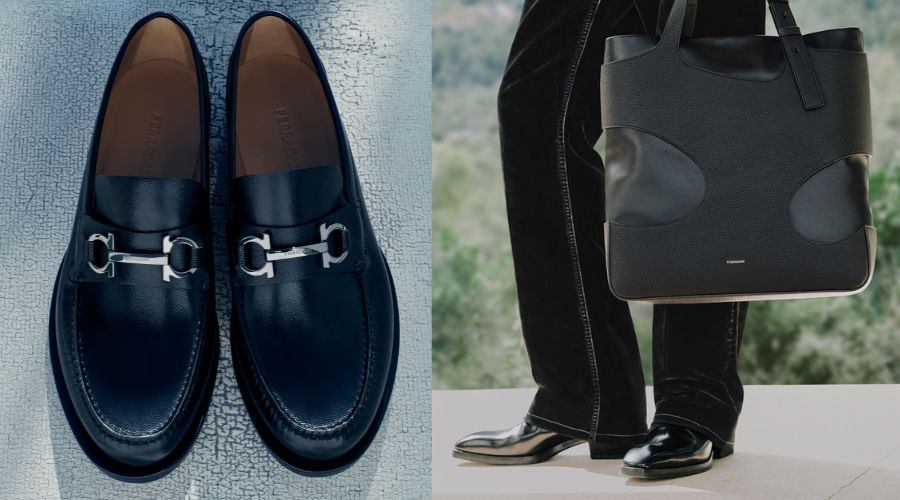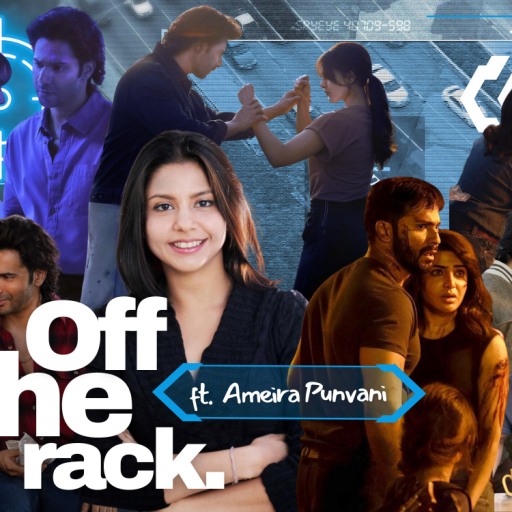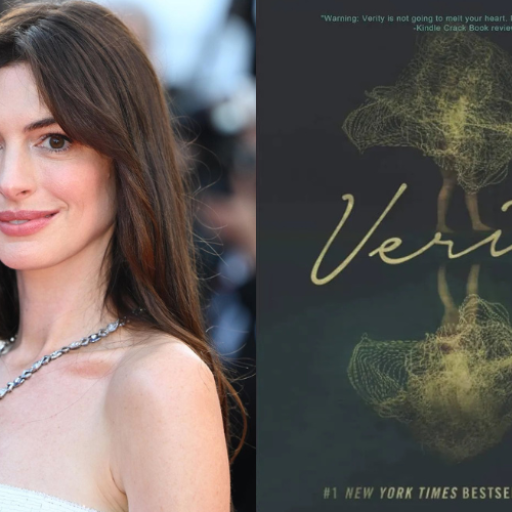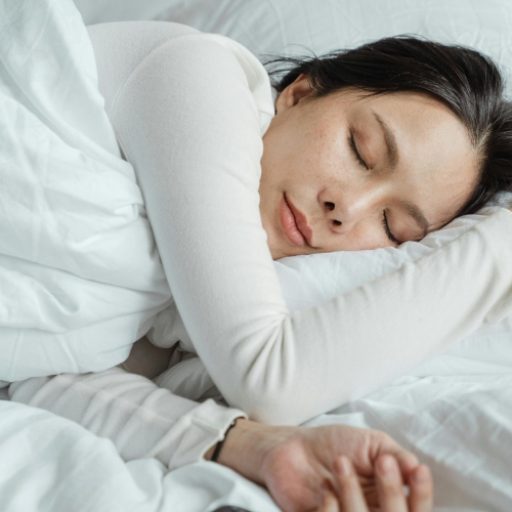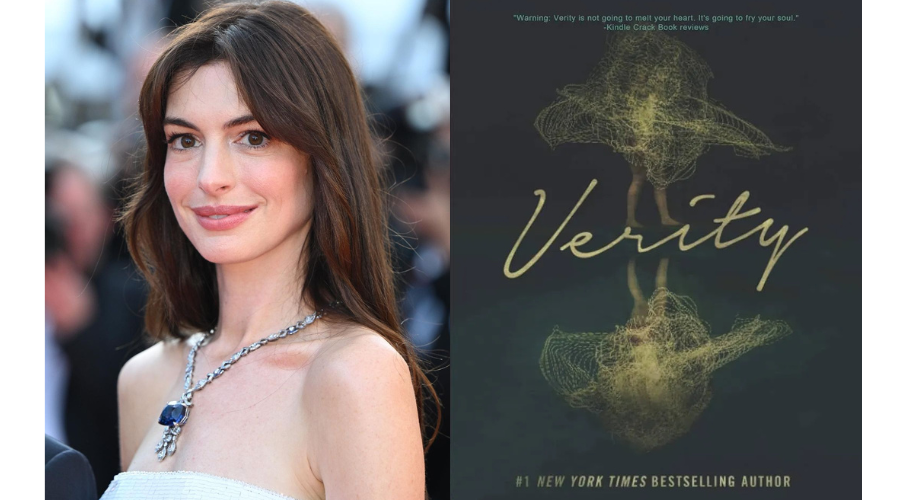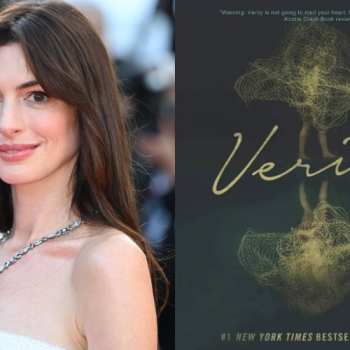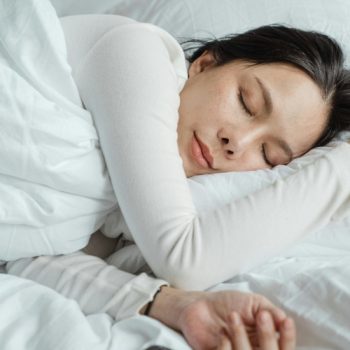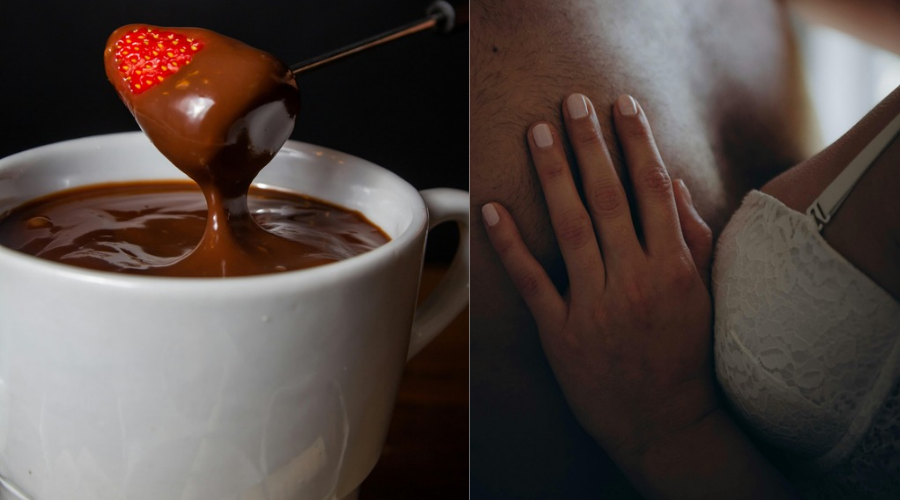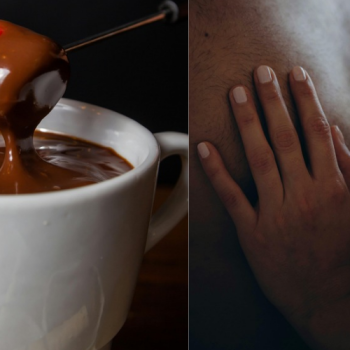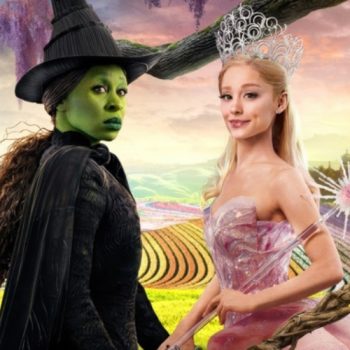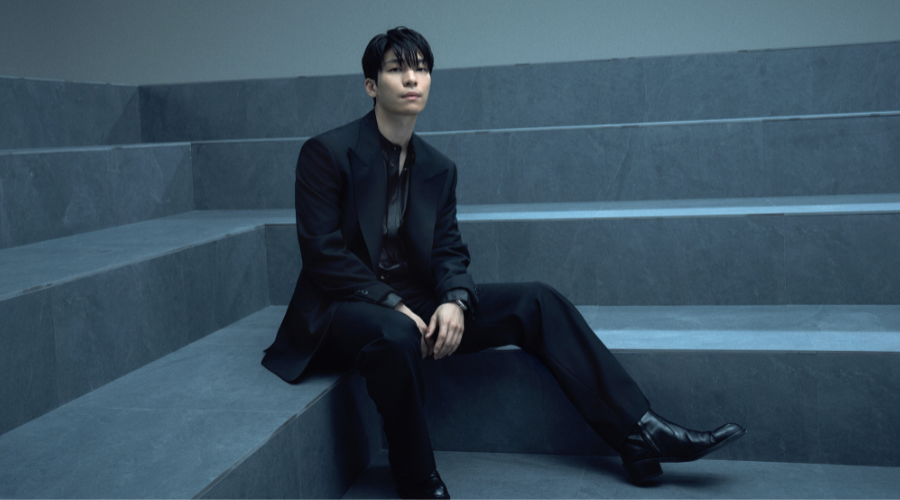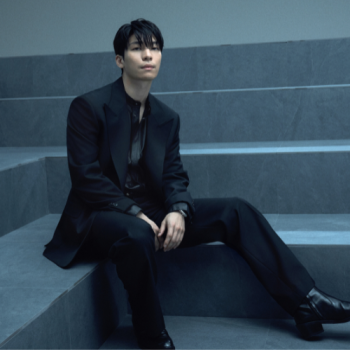Imagine this- You’re scrolling through your Reels and you see a few influencers promoting the same ‘must-have, adorable, extremely pigmented’ blush. You rush to the website to place your order because deep down you know that if you don’t grab it now, you probably never will.
I’m not calling you out, I am one of you. Influencers have made TikTok and Instagram reels their product distribution platforms and we are unknowingly hooked. They have overwhelmed so many different spaces- but especially beauty. Although we might love to hop on the trending product bandwagon every once in a while, trying to keep up with all of them can be quite draining for both, you and your bank account.
Introducing the term De-Influencing. It is a trend, ironically, that is calling attention to the ethical impact of over-consumption and over-spending.
The Influence of Influencers
In my opinion, Youtubers of the late 2000s were the original influencers. So, they existed way before short-form content and influencer marketing were a thing. Back then however, they were a creative and not a marketing ploy churning out product-centric content. While millennials were the first to grow up with the Internet, it’s tougher for GenZ to reject the internet. Now, everybody and their bestie wants to be an influencer. Besides being a little narcissistic, GenZ is drawn to the idea of taking selfies for a living and receiving free products from big name brands. And unfortunately- the more you have, the more you are given for free.
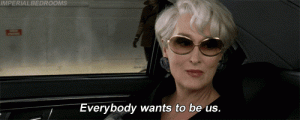
But what’s wrong with being under the influence? Nothing and everything. Influencers present their content in a way that give you the ‘FaceTime with your best friend’ experience, and who wouldn’t buy a product your best friend suggests you get? What’s important to note here is that there’s a difference between being given an option to buy a product and being told you NEED it. You don’t need to add one more to your collection of 17 blushes that are pink, just because it is trending that week. Because if you stop scrolling and start noticing, every ‘influencer’ is selling the same product or going on the same vacation within the same week.
So in this over saturated marketplace where people have skincare closets and not just kits, de-influencing has sparked a conversation about intentional shopping and conscious consumerism more than anything.
Is De-Influencing Here To Stay?
This de-influencing era has stemmed from the realisation that influencers have massive impact over their audiences’ shopping habits. Some influencers have stopped accepting PR packages and are openly telling us not to buy all that they advertise. They are putting the right hashtags to let us know which of their products are gifted. Creators are being transparent about their clothes being sourced and not bought, so that we don’t idealise or crave their way of life.
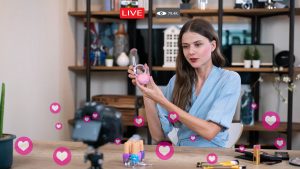
Speaking of those few who want to reduce their beauty footprint, fewer still have come to follow Project Pan. This is where you choose a few focus products and look to finish them up or at least, ‘hit pan’ on them. However, this is tough to achieve even with 10 focus products. So if we all just keep adding to our collection, we’d never go through it all!
Unfortunately, many influencers have taken this term up as nothing but an opportunity to give you affordable dupes of expensive products, which is in turn turning de-influencing back into influencing. So, this may not be a lasting change in the influencer industry because their entire job at its core revolves around selling you products.
Ponder Before You Purchase
When you’re feeling influenced, here are a few things you can consider-
Ask yourself if this product is something you already felt like you needed in your life. For example- if you feel the need to invest in a concealer, do it. But if you already have a concealer that fulfils your beauty needs, you don’t need to hoard onto another.
Be informed buyers. Do more research into the product you’re interested in before buying it. Watch more conflicting reviews from different people before making a decision.
Put focus on practicality. Is the product you want from a brand that you already know and like? Have you tried anything from them before? Is there a way of testing this product before buying it? Is there a return policy if you don’t like it? After considering all of these, you’ll be able to make a sane, uninfluenced decision.
It is of course extremely difficult to resist the urge to shop.
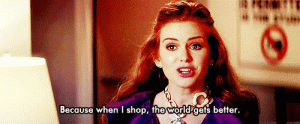
So instead of stopping completely, try investing in products that are worth your attention. Add them to your wish list and give yourself some time to see if you feel the need to make a purchase even when you’re not seeing your favourite influencers hyping that product up. You do not need to buy anything right that second. Chances are, you won’t even remember you wanted it.


